Russian scientists have made a number of discoveries in physics, chemistry, astronomy and other disciplines
The second year of the Decade of Science and Technology is coming to an end, and the year of the 300th anniversary of the Russian Academy of Sciences is coming. In general, there is no hiding from science, no hiding. Towards the end of the past year, we decided to sum up a kind of conclusion, to write about which scientific works “shot” the loudest, were remembered, and loved. So, meet ten bright scientific discoveries.
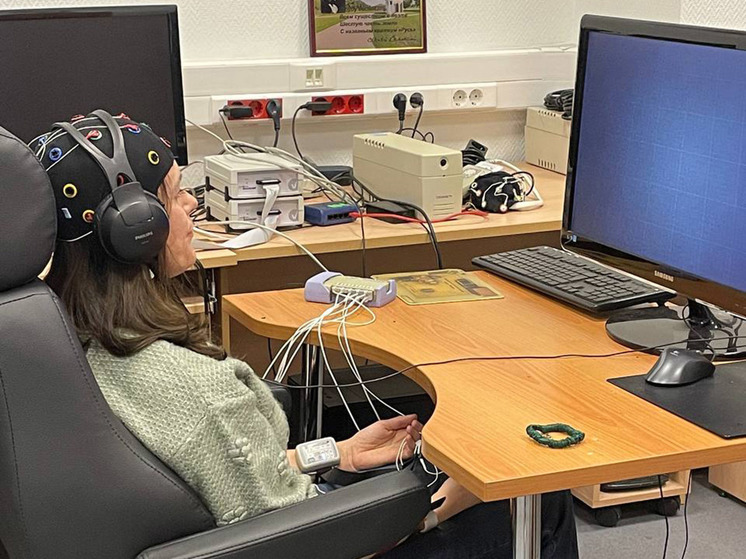 Microelectronics. This is how “combat stress” is diagnosed. Photo: A. Leontyeva
Microelectronics. This is how “combat stress” is diagnosed. Photo: A. Leontyeva
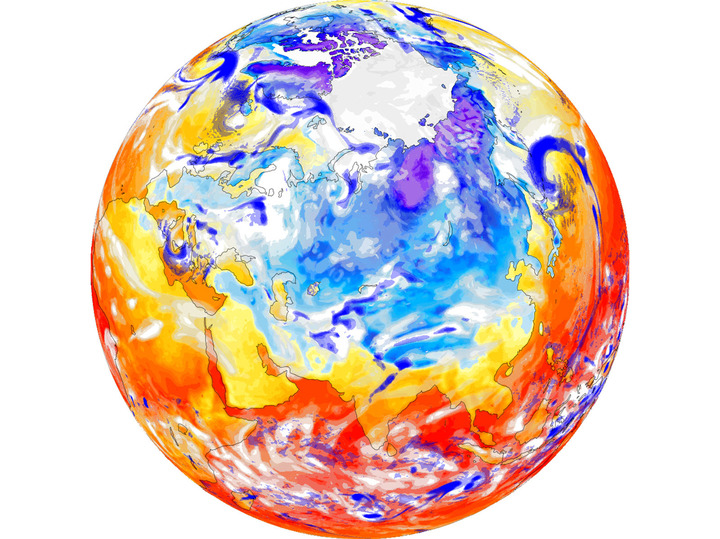 Mathematics. Diagram of temperature distribution over the Earth's surface. Photo courtesy of Mikhail Tolstykh.
Mathematics. Diagram of temperature distribution over the Earth's surface. Photo courtesy of Mikhail Tolstykh.
Weather forecasting is something that each of us faces every day. And every weather forecaster will tell you that it is impossible to predict the weather for a period of time longer than 5 days — this is the maximum that no one has yet crossed. But as for the accuracy of forecasting during this period, until recently the Russian model of medium-term weather forecast left much to be desired.
In the past year, employees of the Institute of Computational Mathematics named after. G.I. Marchuk RAS together with the Hydrometeorological Center of the Russian Federation improved the mathematical tool of weather forecasters. In the laboratory under the leadership of RAS Professor Mikhail Tolstykh, the PLAV-10 model was developed and then implemented.
This is the so-called system of deterministic, that is, taking into account all phenomena and processes, numerical weather forecast. If you mentally move along the surface of the Earth, now, thanks to PLAV-10, the distance between the measured points is 10 kilometers. This resolution is three times higher than before, now our forecasters have a mathematical tool comparable in accuracy to world models.
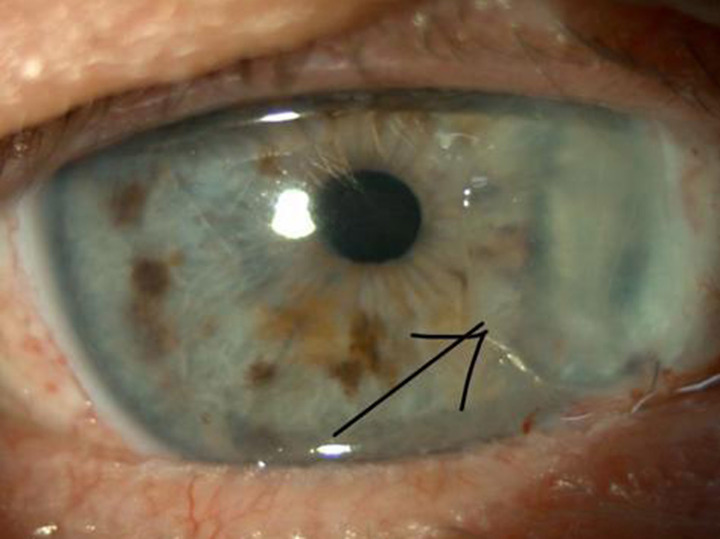 Medicine. Artificial cornea (marked with an arrow). Photo: Andrey Andreev
Medicine. Artificial cornea (marked with an arrow). Photo: Andrey Andreev
Today, doctors have artificial corneas made of synthetic biopolymers in their arsenal, but they are often rejected by the body due to poor biocompatibility. Russian scientists from the Research Institute of Eye Diseases named after. MM. Krasnova succeeded, under the guidance of Professor Yousef Naim Yousef, in creating an artificial cornea made of collagen, which is absolutely biocompatible with the body. Moreover, tissue engineers have developed a technique in which over time it dissolves and is replaced by the patient’s own tissues, and the mechanism of its own cellular regeneration is “turned on.”
The Viscoll collagen membrane, developed by our scientists, is based on the use of a sterile, highly purified solution of type 1 collagen. The membrane is strong enough, which is important for its suture fixation. To date, a number of long-term experiments have been carried out on chinchilla rabbits, in which specialists obtained transparent engraftment of the transplant.
Clinical trials are ongoing. Experts expect that two years after the introduction of collagen corneas into practice, the queue of patients may be reduced by 20-30%.
Imagine being able to watch a chemical reaction as it occurs, seeing how molecules interact with the catalytic center and change over time. This four-dimensional view of catalysis, not as a static process but as a dynamic dance of atoms and molecules, will allow scientists to develop new, more efficient reaction accelerators.
The transition to 4D catalysis would not have been possible without a modern computer breakthrough — algorithmic artificial intelligence (AI). The complexity of chemical reactions, with countless variables and simultaneously occurring reactions, is already processed and analyzed by AI, it helps solve previously “unsolvable” problems.
The potential applications of the new technology are very diverse. Imagine fuels that burn cleaner, reducing the environmental impact, materials that are stronger and more durable, effective medicines tailored to the individual needs of the patient and with fewer side effects. The availability of chemicals for such advances is already within the foreseeable future.
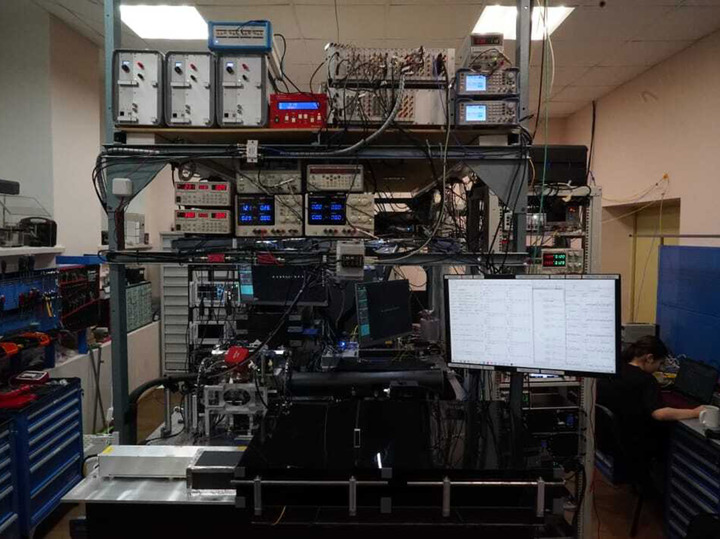 Physics. Quantum ion computer of the Lebedev Physical Institute. Photo courtesy of FIAN.
Physics. Quantum ion computer of the Lebedev Physical Institute. Photo courtesy of FIAN.
To understand which quantum computer is better, it is important to consider several parameters at once. One of them is the number of information units — qubits. There are 20 of them in the computer of developers from FIAN. But, according to one of the authors of the work, Ilya Semerikov, in addition to quantity, the reliability of one-qubit and two-qubit operations is also important, it is important to understand how complex the algorithm can be run on a quantum computer.
Currently, the Russian ion quantum computer is slightly inferior to its Western counterparts, which have 30-32 qubits. But! It takes the lead in another parameter — in it, experts tested not a simple qubit (two-level quantum system), but a four-level one — a qudite system, which is two to 6 times more efficient, depending on the underlying calculation algorithms. There are only two computers capable of this in the world — one at FIAN, the second in Austria, and they were created almost simultaneously. Our computer has a very good reliability of single-qubit operations — 99.95%. Also, the first algorithms have already been carried out on it, realizing the advantages of qudit systems.
The world's first useful applications of quantum computers are expected to begin in the range of 5 to 10 years. Russian scientists are confident that they will not lag behind global trends and that in 5-10 years they will be able to produce results on modeling the most complex chemical substances, including medicines, effective business forecasts, etc. However, it is difficult to accurately predict which task will be the first for a quantum computer in the future. no one is taken yet.
The main task of the scientists was to provide both Russian and foreign scientists with a good navigator for think tanks, which is devoid of the bias and political bias of previously published rankings of American universities. The institute is confident that their data will contribute to the development of scientific diplomacy in areas where it was previously in short supply.
 Social Sciences. Cover of the Atlas of Greater Eurasia Think Tanks. Photo courtesy of A. Kuznetsov.
Social Sciences. Cover of the Atlas of Greater Eurasia Think Tanks. Photo courtesy of A. Kuznetsov.
Among the concrete results we can note the beginning of the publication of reference books. The first volume of the “Atlas of Think Tanks of Greater Eurasia”, dedicated to the countries of the EAEU, Azerbaijan, Tajikistan, Uzbekistan, Mongolia, has already been released; the second is planned for release in 2024. Scientists translate the received information into English, Chinese and some other languages, and establish direct scientific communication with representatives of analytical centers from different countries.
A “ray of light” has dawned for patients with epilepsy. In November 2023, the prestigious international journal Gene Therapy published an article about a gene approach to the treatment of epilepsy with a fairly large list of authors from Moscow and St. Petersburg. It includes physiologists from the Institute of Higher Nervous Activity and Neurophysiology of the Russian Academy of Sciences, the Institute of Evolutionary Physiology and Biochemistry named after. Sechenov RAS, molecular biologists from the Institute of Bioorganic Chemistry named after. Shemyakin-Ovchinnikov RAS, Federal Center for Brain Research and Neurotechnology FMBA, Russian National Research Medical University named after N.I. Pirogov.
The fact is that tens of millions of people around the world suffer from hereditary or acquired epilepsy. The cause of convulsive seizures is the uncontrolled activity of nerve cells located in well-defined and well-known parts of the brain to physiologists and physicians. The point of treatment is to suppress this activity, to make the neurons “silence”. Until recently, if this was possible, it was through medication or surgery. But in about 30% of cases, medications do not help these patients. Scientists have found an alternative — modern gene therapy.
The genetic “tool” in the 2023 work in question was the gene for a very specific protein. The authors, using a harmless carrier virus, purposefully introduced the gene for this protein into those specific brain cells that are responsible for an epileptic seizure. After some time, the gene produced (expressed) the required protein in these cells (this protein is an ion channel for potassium ions). As a result of this, the nerve cell “fell silent”, its unbridled physiological activity slowed down!
Of course, the work is still at the stage of purely fundamental, laboratory research. But scientists are confident that this approach will ultimately prove very promising.
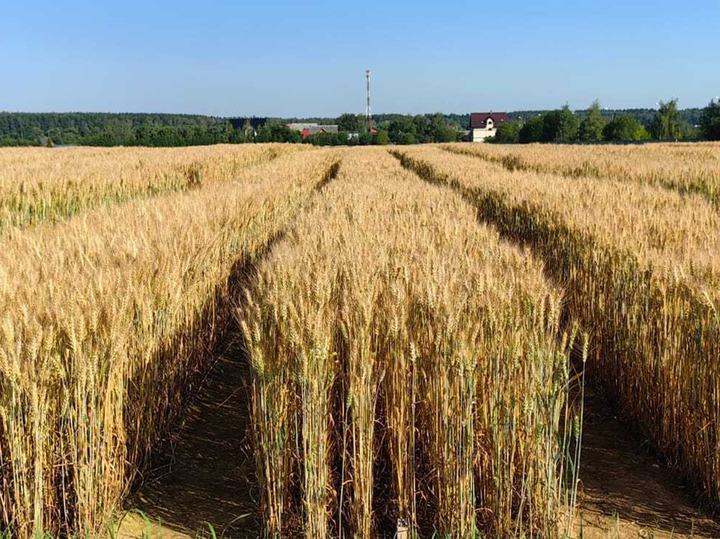 Agricultural sciences. Winter wheat variety Vasilyevna in all its glory. Photo: V. Bugrova
Agricultural sciences. Winter wheat variety Vasilyevna in all its glory. Photo: V. Bugrova
To make it clearer, the “Nemchinovskaya” varieties were previously famous for their high yields combined with high grain quality, including the varieties Moskovskaya 39, Moskovskaya 40, Moskovskaya 56, Nemchinovskaya 24, Nemchinovskaya 85. The yield of the Nemchinovskaya 24 variety in experimental plots, with high-intensity cultivation technology, reached 140 centners per hectare. But scientists moved forward, creating new, more promising breeding material.
Vasilyevna was “laid out” ten years ago, in 2013, when employees of the winter wheat laboratory crossed the Nemchinovskaya 24 variety with a Romanian variety. Afterwards, the obtained result was crossed using the method of stepwise hybridization with the Nemchinov selection variety Moskovskaya 40. Next, a promising line was isolated, which was evaluated in the field for productivity, winter hardiness, disease resistance, and in the laboratory for the content of protein and gluten in grains — the main qualities for baking.
 Agricultural sciences. Sort Vasilievna. Photo: V. Bugrova
Agricultural sciences. Sort Vasilievna. Photo: V. Bugrova
As a result, Vasilyevna got into a competitive variety trial. In the period from 2021 to 2023, in the fields of the Nemchinovka Federal Research Center, which are located in the Novomoskovsk administrative district of the capital, new wheat “competed” with other promising lines and a standard variety. Here she was ahead of everyone. Now the variety has been transferred to the State Variety Testing, on the basis of which a decision will be made on its further distribution.
The Vasilyevna variety belongs to the first class of wheat — protein content 14-15%, gluten content 30-32%.
According to the head of the department of psychophysiology at Moscow State University, Alexander Chernorizov, people encounter traumatic events not only during combat operations. Disorders can occur against the background of serious illnesses such as COVID-19. PTSD is often accompanied by other diseases — diabetes, cardiovascular diseases, mental health disorders, substance abuse, alcohol, which can complicate the search for diagnostic criteria for identifying and distinguishing between psychological trauma.
Therefore, scientists decided to work with biomarkers of “combat stress» using interdisciplinary methods.
The first stage of the study is devoted to psychological (subjective) testing using a number of diagnostic questionnaires approved by the Ministry of Health of the Russian Federation in 2023. Further, the results, according to the head of the team of the Faculty of Physics, Professor Alexander Shkurinov, are compared with data obtained using a hardware-diagnostic complex, that is, with an electroencephalograph cap and peripheral sensors placed on the head. All these parameters can change under acute or chronic stress and signal the doctor about the detected PTSD, and a high-speed camera in the terahertz range captures subtle characteristic changes in radiation from the patient’s face.
The research began after archaeological excavations in Pereslavl-Zalessky, where the remains of one of the four sons of Alexander Nevsky. Specialists from the Institute of Archeology of the Russian Academy of Sciences and the Federal Research Center “Fundamental Foundations of Biotechnology” took part in the work.
Isolation of DNA from the prince’s bone remains — the metacarpal bone, patella and navicular bone of the foot — gave the following results. It has been established that the Y chromosome isolated from the remains of Dmitry Alexandrovich belongs to the N1a haplogroup, which is present in the genomes of most modern Rurikovichs, whose genus dates back to the 11th century, since the reign of Prince Yaroslav the Wise. Among the prince’s ancestors, according to geneticists, there could have been representatives of Scandinavian, Finno-Ugric, Slavic and steppe, nomadic peoples. Geneticists also examined Dmitry Alexandrovich’s mitochondrial DNA, which he inherited from his mother. She belongs to haplogroup F1b1, which is found in Central Asia.
 Astrophysics. The direction of arrival of the particle event (black circle) on the map of local sources in equatorial coordinates. Photo courtesy of INR RAS.
Astrophysics. The direction of arrival of the particle event (black circle) on the map of local sources in equatorial coordinates. Photo courtesy of INR RAS.
The energy of the particle arriving in 2021 was 2.44×10 to the 20th power of eV. She was named Amaterasu after the Sun Goddess from Japanese mythology.
The particle caused great excitement around the world, since it is known that there are no potential sources in the observable part of the sky. From more distant corners of the Universe, high-energy particles cannot reach us, since beyond the Zatsepin-Kuzmin-Greisen limit (about 160 million light years or 50 megaparsecs) most high-energy particles (with energies above 5×10 at 19 eV) are absorbed.
Scientists from the INR RAS group made a decisive contribution to the physical interpretation of the observed event. They established the absence of a relationship between the particle and extragalactic objects and calculated the distance to its supposed source — with a 95 percent probability it is located no further than 15 million light years from Earth. What could he be? According to one of the authors of the work, Mikhail Kuznetsov, it is possible that the source could be a gamma-ray burst, which over time managed to go out, and a particle from it could reach us. The direction of arrival of the particle was correlated with a map of extragalactic objects and it was established that the particle came from an empty region of our Universe.



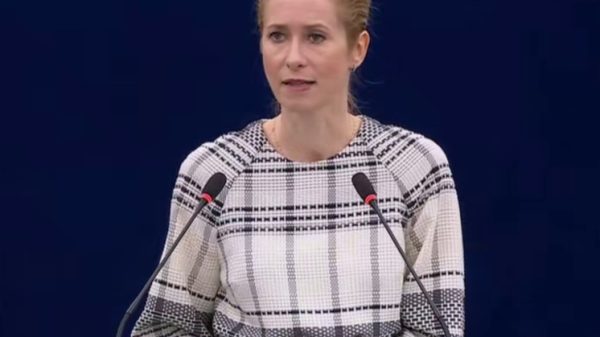




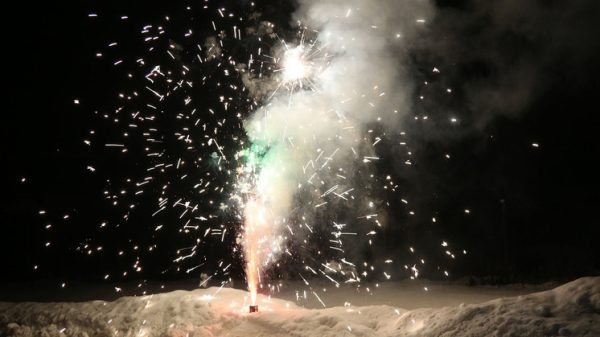






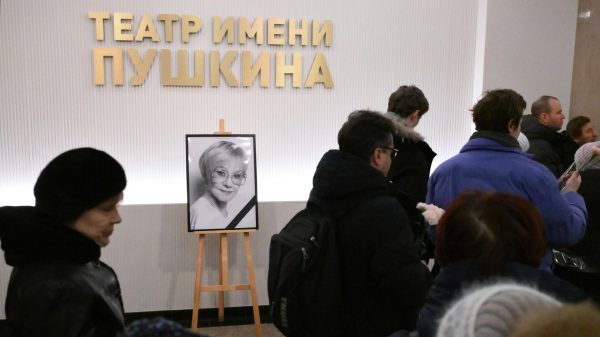
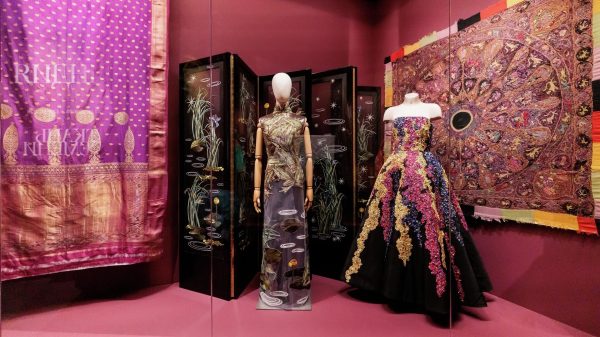

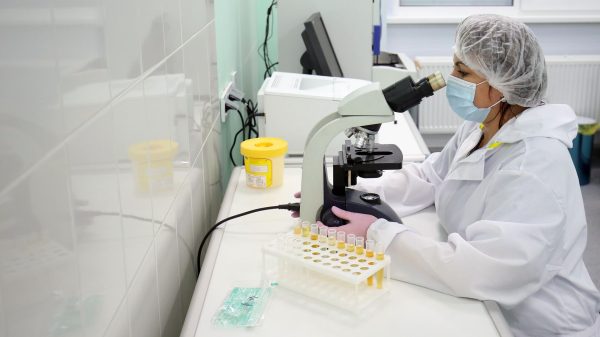
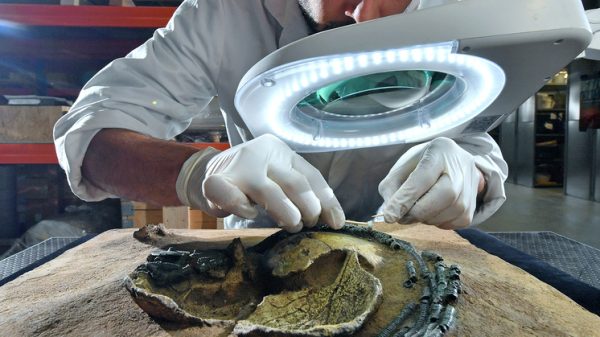

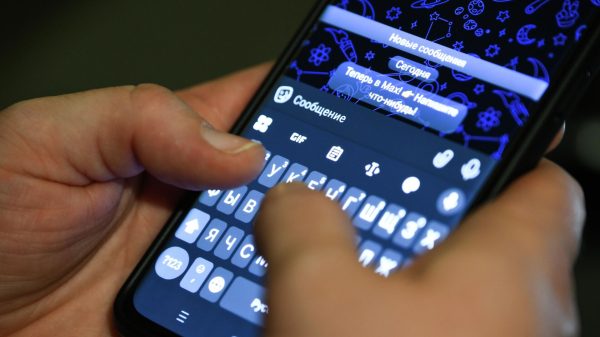













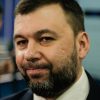

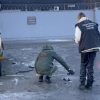
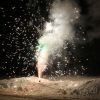

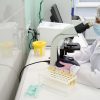













Свежие комментарии